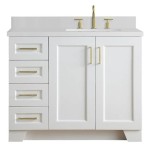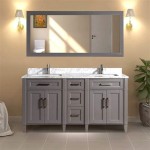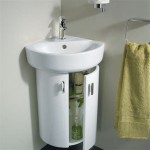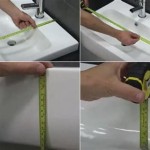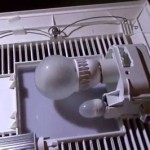Understanding the Parts of Your Bathroom Sink Drain
The bathroom sink drain is a vital component of your plumbing system, silently whisking away water and waste with each hand-washing session. Understanding the parts that make up this seemingly simple system can be invaluable when troubleshooting minor issues, performing preventative maintenance, or tackling a full-scale replacement. This article delves into the anatomy of a typical bathroom sink drain, unraveling the functions of each key component.
The Drain Trap
The drain trap, located beneath the sink, is the heart of the plumbing system. It serves two critical functions: preventing sewer gas from entering your home and ensuring water remains within the drainpipe, preventing the spread of odor.
Most bathroom sink drains utilize a “P-trap”, named for its characteristic “P” shape. The trap holds a small amount of water, creating a seal that blocks gas from traveling back up the drain. This water seal, however, can dry out over time, allowing sewer gas to escape. This is why it’s important to ensure the P-trap remains full.
The Drain Strainer
The drain strainer, often a simple metal plate with holes, sits atop the drain opening, acting as a barrier against larger debris. This keeps hair, soap, and other unwanted items from entering the drain and potentially causing clogging.
While many drain strainers are straightforward in design, some offer additional features like a pop-up mechanism. These mechanisms allow the strainer to be lifted easily, providing access to the drain for clearing any debris.
The Drain Tailpiece
Connecting the drain strainer to the drain trap is the drain tailpiece, a short, usually threaded piece of pipe. The tailpiece facilitates the vertical transition from the sink basin to the P-trap, creating a smooth flow of water.
While most tailpieces are made from metal, plastic tailpieces are also available and offer a more cost-effective solution. However, it’s important to choose a material that is compatible with your existing drain system.
The Drain Pipe
The drain pipe, typically PVC or ABS plastic, carries the wastewater from the P-trap to the main sewer line. Its smooth interior walls minimize friction, ensuring a consistent flow of water. The size and material of the drain pipe are crucial for efficient drainage, making proper installation essential.
Depending on the layout of your plumbing system, the drain pipe might incorporate additional components like a cleanout or a vent stack. These features allow for easy access for cleaning or venting, respectively, ensuring proper system function.
### Maintenance and TroubleshootingWhile bathroom sink drains are typically reliable, regular preventative maintenance helps to avoid costly problems. This includes:
- Regular cleaning: Periodically removing accumulated debris from the drain strainer prevents blockages.
- Checking for leaks: Regularly inspecting for leaks around the drain assembly can help address them before they escalate.
- Addressing slow drainage: If water drains slowly, it could indicate a partial blockage, necessitating a more thorough cleaning.
Understanding the various parts that make up your bathroom sink drain provides a solid foundation for addressing any issues. Whether a simple clog or a more complex repair, this knowledge can be invaluable during maintenance and troubleshooting.

Parts Of A Sink The Home Depot

Parts Of A Sink The Home Depot

Parts Of A Sink The Home Depot

Bathroom Sink Plumbing Diagram Drain
How To Install Bathroom Sink Drain Queen Bee Of Honey Dos

Kitchen Sink Drain Parts Diagram Decorating Ideas On A Budget Check More At Http Www Entropiad Bathroom Plumbing
How To Install Bathroom Sink Drain Queen Bee Of Honey Dos

Bathroom Sink Parts Diagram Plumbing Drain Kitchen Remodel

Bathroom Sink Plumbing Installation Diy Montreal

Pop Up Lift Turn Pull Out Stopper Bathroom Sink Drains
Related Posts
